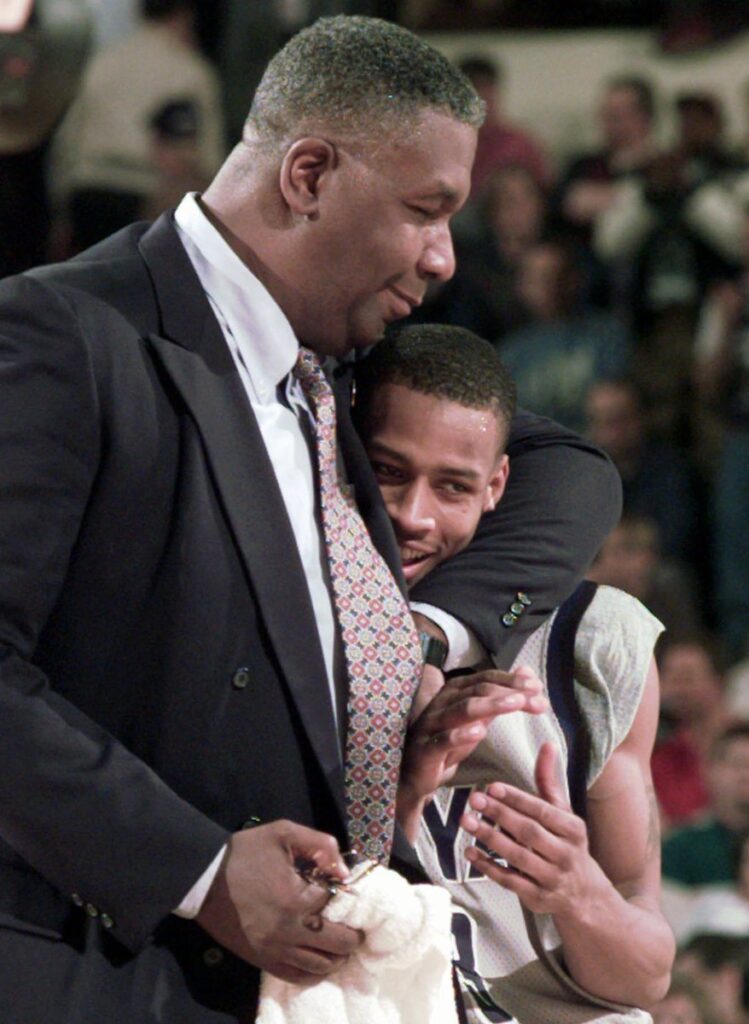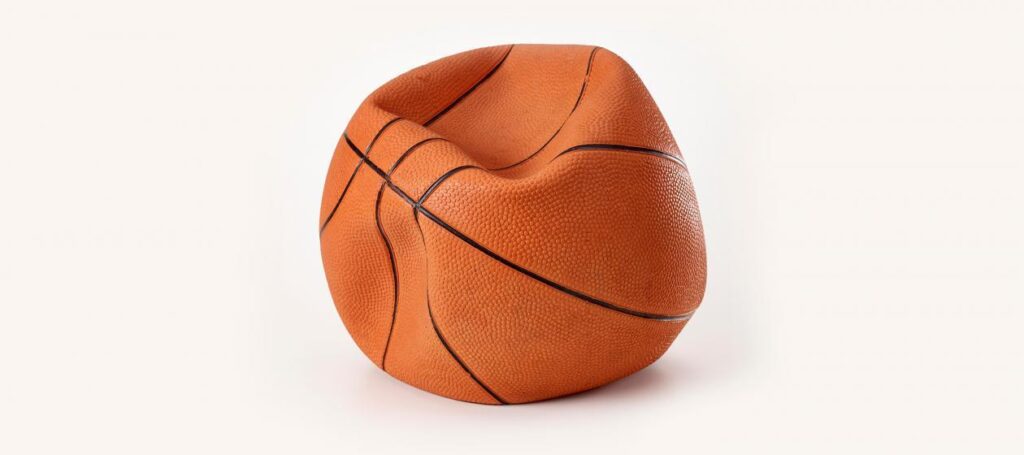l Came as a Shadow (2020) by John Thompson
GoodReads meta-data is 352 pages, rated 4.78 by 27 litizens.
Genre: Autobiography.
Coach Thompson is a legend and it is easy to see why. This man is a straight-shooter with a fast draw. He transformed the Georgetown Hoyas from also rans to leaders with dozens of titles and trophies and what is more important, and singular, 97% of his players graduated. Coach was an educator on and off the court.
It is a long gruelling story of racism as Coach learned the games behind the game, and he learned them well. Among his teachers were Red Auerbach who saw this gangly youth in a pick-up game on a playground one summer and encouraged him to stay in the game. Coach later played two season with the Celts as back-up to Bill Russell, giving Coach plenty of time to study the game, front and back. (Bill never sat down.)
But most of all there were his parents whom he wanted to make proud of himself, and so he worked at it. Did he ever! The towel on his shoulder became a signature. It reminded him that his parents spent their lives working 60 or more hours a week cleaning up behind white people so he could better himself, and when he said that in an interview a storm of angry protest broke with the Pox News haters who regarded it as a provocative remark. In another of his trademarks, he shrugged and repeated it, because after all it was true. But as we know truth has no value to Pox News.
In one telling passage he takes a list of examples of things coaches do, like arguing with officials, defending players before the media vultures, benching players, and shows how such actions are reported when a white coach does them, and when a black coach does them. When he argues a ref’s call a white coach is feisty, when a black coach argues he is intimidating; when a white coach defends a player he is fair and a black coach who does that is stubborn; in benching a player a white coach is disciplined and a black coach is angry; and so on. Some of the examples can be found in 2020, by the way.
When he started recruiting for the Hoyas at Georgetown he often went after unschooled athletes that were regarded as high risk by other colleges, including at least two with prison records to whom he gave a second chance. As long as they kept their grades up to graduate, he guaranteed their scholarships even if they did not make the team. This arrangement so impressed parents that they drove their boys to take it and to make the team to pay off the implicit debt. Rival coaches were not sure if this was madness or underhanded, and made a fuss about it both ways. One of those second-chances was AI. The cognoscenti will get The Answer. The fine upstanding white young men who played against AI taunted him as a jailbird. Yep. [Swish.] AI always had the last laugh.
Hard though it is for this cynic to believe, the University administration stood behind Coach even when his teams lost, and he was burned in effigy, labeled ‘nigger,’ on campus. On other occasions his university office was ransacked with a message for this African boy to go home! Need I say it, Georgetown University is Catholic school and a bastion of the liberal elite, and yet scratch the surface and there it is.
He himself had been cut from the Olympic team because of the unspoken quota on black players, and he knew it. This is one of the reasons why he was never grateful for his accomplishments. He had earned them, and he knew others had also done so but were denied them by unseen, unspoken, unbreakable racial quotas.
One observer (Michael Jordan) called him the Aristotle of basketball for his training of kings of the court. Coach thought of himself as a teacher who used a basketball to instruct in the use of one’s talents, in teamwork, in courtesy, in civility, in responsibility, in the value of education…..in the Georgetown way, never back down and always applaud an opponent’s well-earned victory.
I have always liked Patrick Ewing, and now I know why. Surely the best NBA center never to make it to a final. This is the coach that channeled the Van Gogh of basketball, Allen Iverson, into a productive career without parallel.

Coach has some choice words for that old chestnut that blacks have biological superiority as athletes, too, seeing in it yet another way to belittle the accomplishments of blacks. He attributes the success of black athletes to intelligence and a drive to succeed, and the ability to succeed where there are fewer racial barriers, sports being one of the domains where the barriers are lowest these days.
The janitors, laundrymen, ballboys, porters, ushers, maids, attendants, security officers, and doormen at hotels and arenas all welcomed his teams because the players said ‘please’ and ‘thank you’ and never left a mess for someone else’s mom and dad to clean up. A player who violated such norms of courtesy and civility would find himself with his 21-point scoring average on the bench until he learned that 70% of Hoya basketball was off the court.
John Thompson was the first Division I coach to hire an academic advisor for the team, a woman. He then hired a trainer, a woman, whom he promoted to assistant coach so that she could sit on the bench in games (and also get on a higher pay grade), readily available for injuries. Both appointments threw the NCAA into a frenzy trying to find rules to block such changes since both were white women it also set off a media feeding frenzy. Use your imaginations just a like a Pox journalist. Both these women worked for Coach for many years.
Hoya scheduling had been historic. Every year was the same as last year. No more when Coach came on the scene. He wanted to play arch rivals at home, or not at all. (And if these rivals refused to schedule at Georgetown, he leaked it to the press to embarrass the rivals.) He wanted to play and beat teams that dominated post season tournaments in early season games. He also wanted a better gymnasium for his team(s) and fill it with shouting fans. To further these ends he engaged in an infinity of negotiations in the games behind the game. He seldom compromised, and that got him the reputation as a trouble-maker, but he noticed white coaches were seldom asked to compromise and he stuck to his guns.
Then there is the deflated basketball he kept on his desk about the other 70%, but, well, read the book. The title is explained on the last page, but I didn’t get it.

Coach admits his many mistakes, civil, social, and tactical, and hands out praise to many who worked with the Hoya teams. The telling is episodic marked by basketball seasons. In that respect it is not easy to read though the ghostwriter’s prose is smooth.

Recent news from GT suggests things have gotten worse in subsequent days. Autobiography is never a completely reliable source, to be sure.

